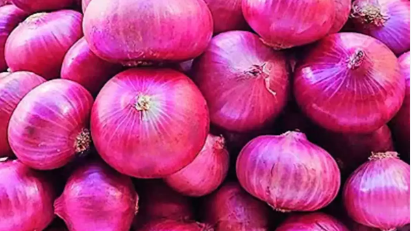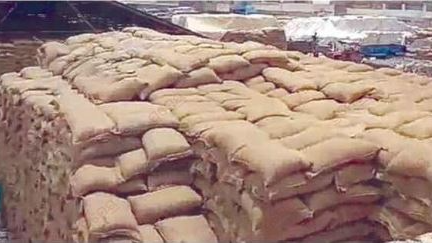The recent tragic incident in Hyderabad, where a woman lost her life and fifteen others fell ill after consuming momos from an unlicensed street vendor, casts a long shadow over the vibrant street food culture that is thriving across India, including in Odisha. This heartbreaking event serves as a stark reminder of the potential dangers hidden within the seemingly innocuous delights offered by street vendors. While Odisha embraces a new era of culinary exploration, with global flavors finding a place alongside traditional favorites, this incident compels us to examine the critical issue of food safety and regulation, particularly concerning the ubiquitous momo.
Odisha's food scene is undergoing a fascinating transformation. The familiar sights and smells of "khao gali", once the epicenter of the state's culinary identity, are now sharing space with a wave of new influences. The emergence of convent schools, bustling IT parks, and a growing cosmopolitan outlook has fueled a desire for diverse and exciting food experiences. Momos, once a rare treat, have become a staple snack, readily available from numerous street vendors across the state. This culinary diversification is undoubtedly enriching, but it also necessitates a heightened awareness of food safety standards and practices.
The Hyderabad tragedy exposes the potential hazards associated with consuming momos, or any street food, from unregulated vendors. Imagine a scenario where the vendor, pressured by demand and perhaps lacking proper training, compromises on hygiene or uses substandard ingredients. The warm, moist environment within a momo filling, especially if prepared with meat or vegetables that haven't been stored or handled correctly, can become a breeding ground for harmful bacteria like E. coli, Salmonella, and Listeria. These pathogens can cause a range of illnesses, from mild discomfort to severe, life-threatening complications.
Furthermore, improper cooking practices can exacerbate the risk. Undercooked momos may not reach the internal temperature required to kill these harmful bacteria, allowing them to survive and multiply, potentially leading to severe food poisoning. Symptoms can range from nausea, vomiting, and diarrhea to more serious conditions like dehydration, organ damage, and even death, as tragically illustrated in the Hyderabad incident.
This incident underscores the crucial role of both consumers and regulators in ensuring food safety. Consumers must be empowered to make informed choices about where they eat. Opting for licensed vendors who demonstrate a commitment to hygiene, use fresh ingredients, and follow proper cooking procedures is essential. Observing the vendor's stall for cleanliness, proper food handling practices, and the general environment can offer valuable clues about their commitment to safety.
On the regulatory front, proactive measures are crucial. Regular inspections of street food vendors, strict enforcement of licensing regulations, and public awareness campaigns about safe food handling practices are vital. Food safety officials can play a pivotal role in educating vendors about potential hazards, proper hygiene protocols, and the importance of sourcing ingredients from reputable suppliers.
Beyond regulations and inspections, fostering a culture of food safety requires a collaborative effort. Encouraging vendors to participate in food safety training programs, providing access to resources on hygienic practices, and recognizing and rewarding vendors who prioritize safety can create a positive impact.
The Hyderabad incident, while deeply saddening, serves as a powerful reminder that food safety is a shared responsibility. By raising awareness, promoting education, and enforcing regulations, we can work together to ensure that the vibrant street food culture of Odisha remains a source of enjoyment and not a cause for concern.












































